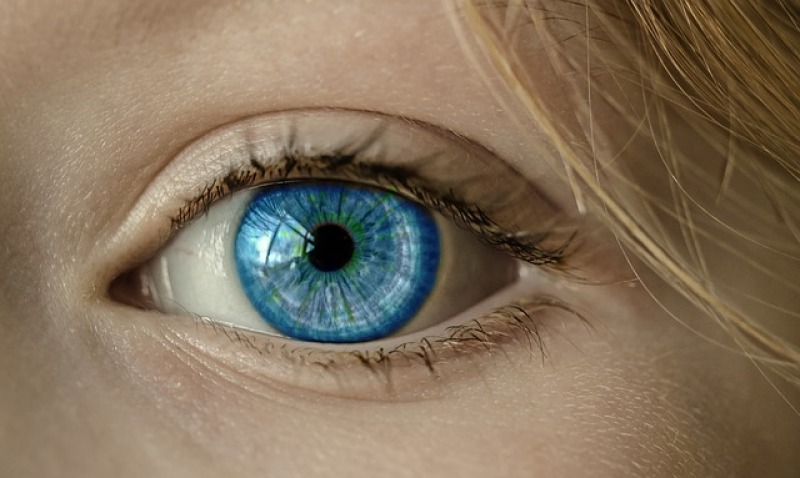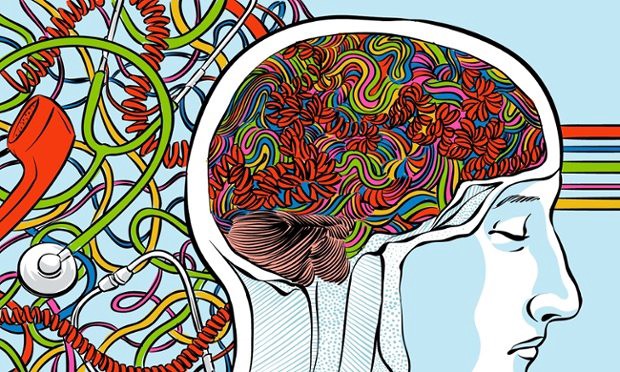 English
English

At a breakneck speed, the demands of work productivity in today’s society have increased substantially. According to a new research, the stress of this workload can be reduced by a person’s eye.

Washington DC: At a breakneck speed, the demands of work productivity in today's society have increased substantially. According to a new research, the stress of this workload can be reduced by a person's eye.
Researchers at the University of Missouri-Columbia took account of a person's state of mind and discovered that a person's eyes may offer a solution to multitasking --a way to cope with the pressure of tasks.
"If your vitals are bad, then something is wrong with your body and doctors will work to figure out what's wrong with you," said Jung Hyup Kim, a researcher. "What about your mental health? Many people multitask, but currently, there is no measurement for someone's mental well-being. However, we found that the size of a pupil could be the key to measuring someone's mental state while they multitask."

Everyone experiences stress differently. Researchers found a data-driven way for different industries -- such as emergency communicators, office workers, industry and manufacturing factory workers -- to universally measure the levels of stress in their employees while they are multitasking, or performing work-related duties with simultaneous low and high complexity tasks.
They compared data from a workload metric with observations of pupillary response from participants in a lab study. Using a simulated oil and gas refinery plant control room through motion-capture and eye-tracking technology, the participants reacted to unexpected changes, such as alarms, while simultaneously watching the performance of gauges on two monitors. During the scenario's simple tasks, the participants' eye searching behaviors were more predictable. Yet, as the tasks became more complex and unexpected changes occurred, their eye behaviors became more erratic.

Through the use of the data from this lab study and a formula applied, called "fractal dimension," researchers discovered a negative relationship between the fractal dimension of pupil dilation and a person's workload, showing the researchers that pupil dilation could be used to indicate the mental workload of a person in a multitasking environment. (ANI)